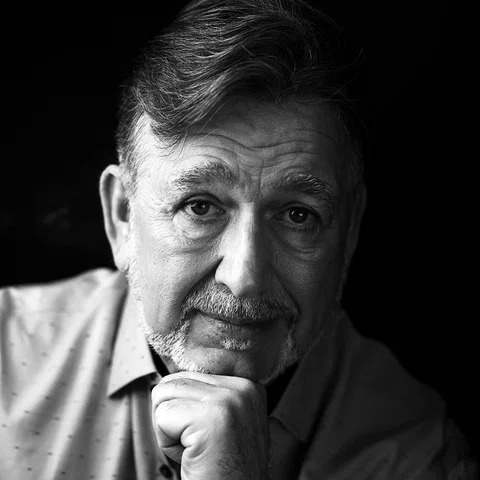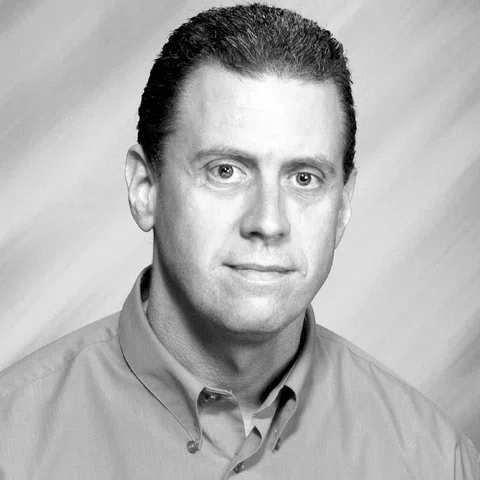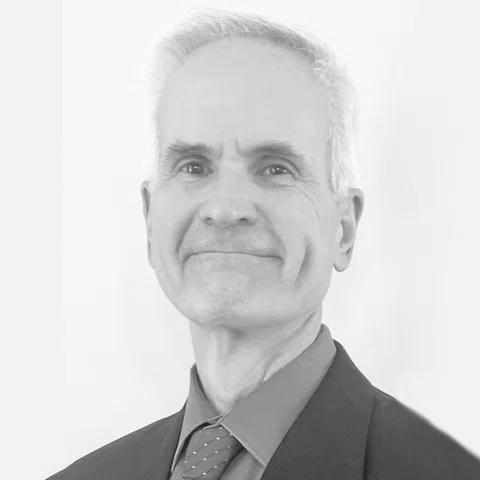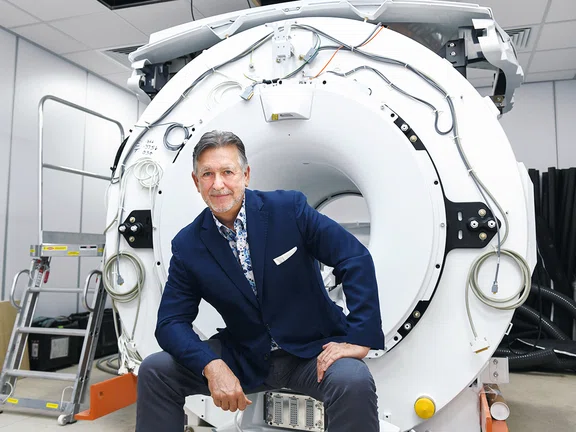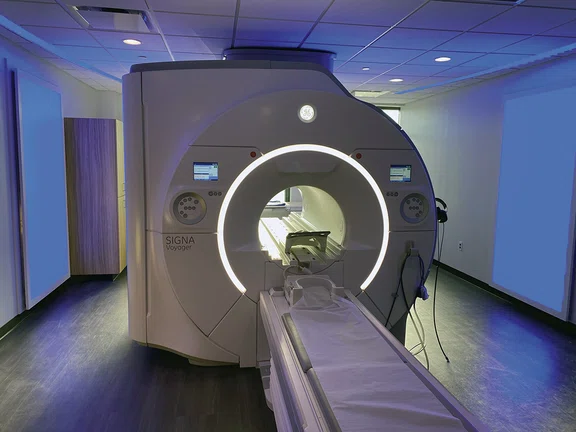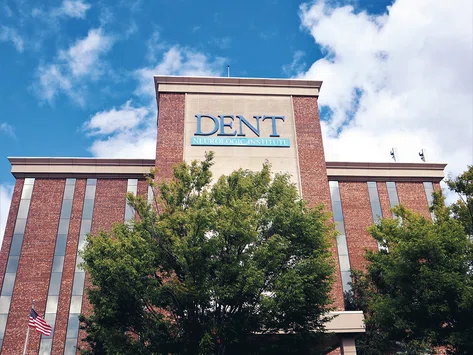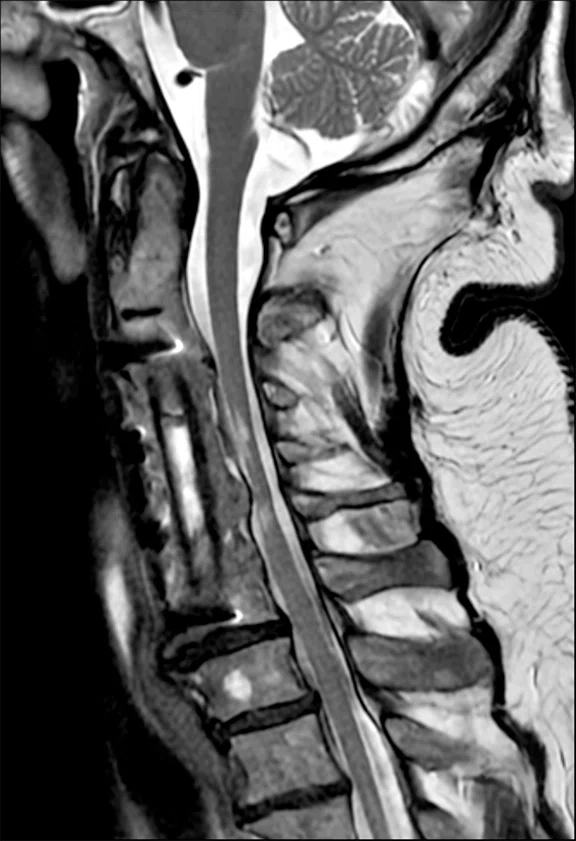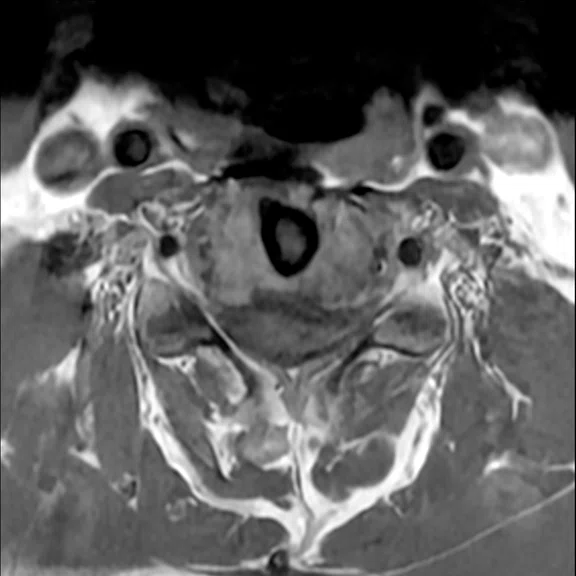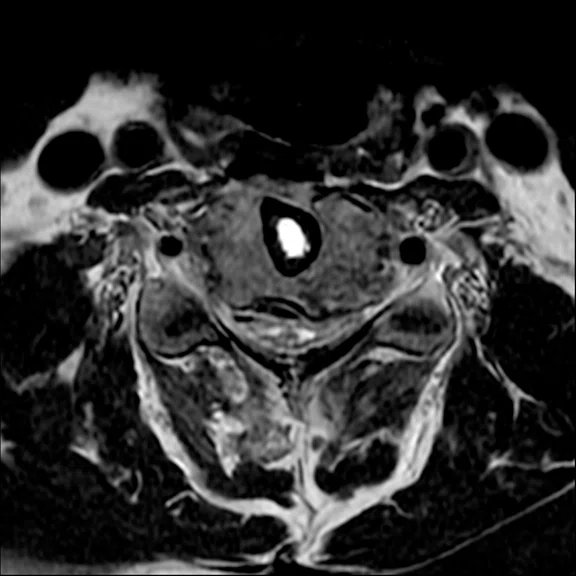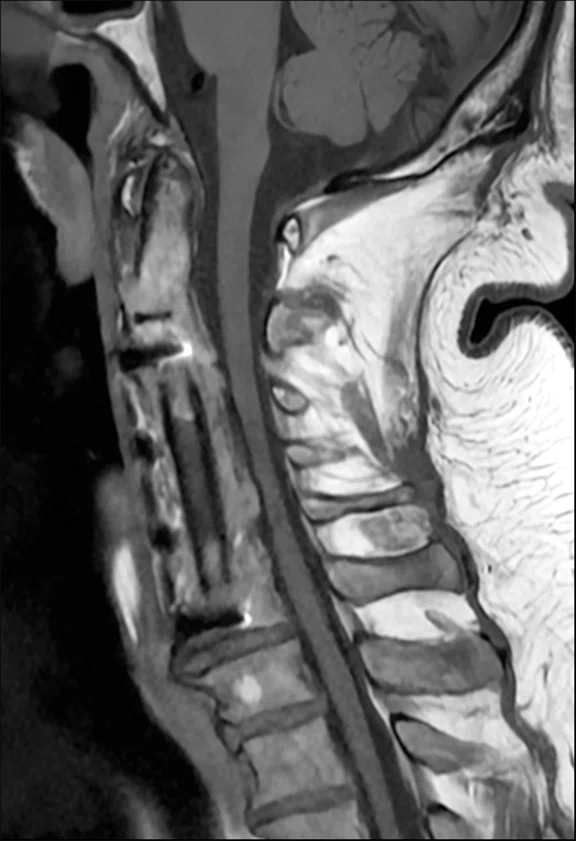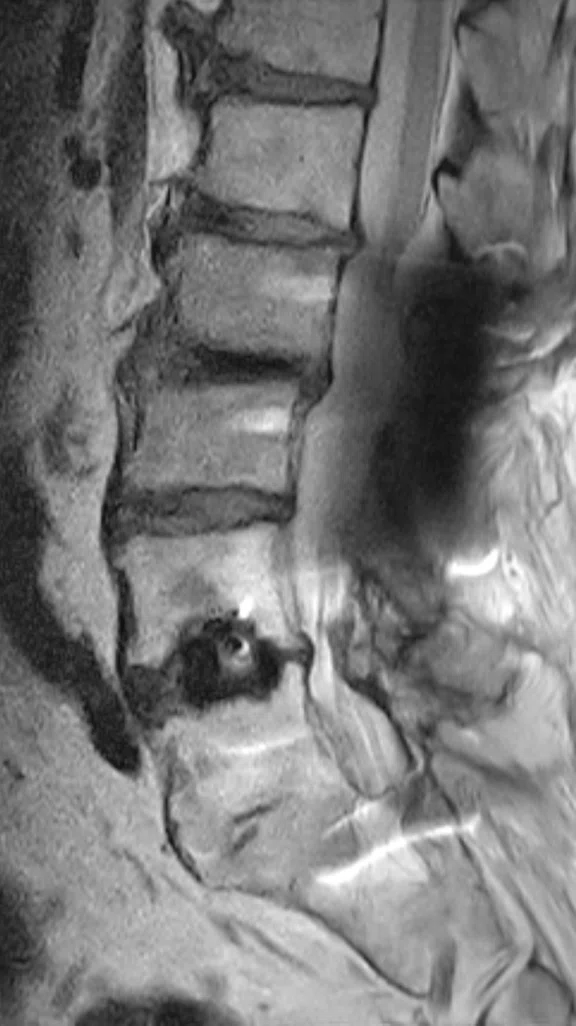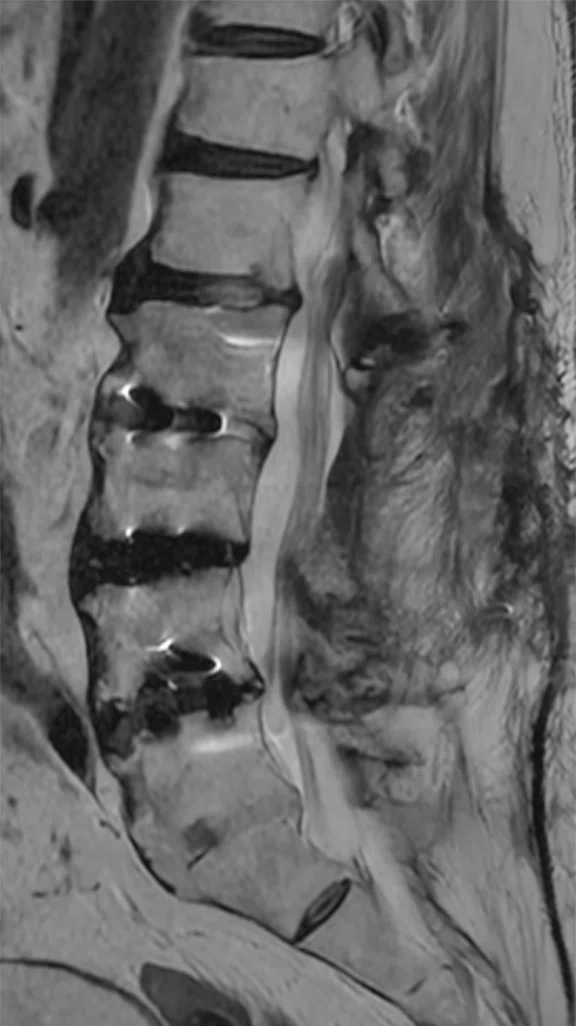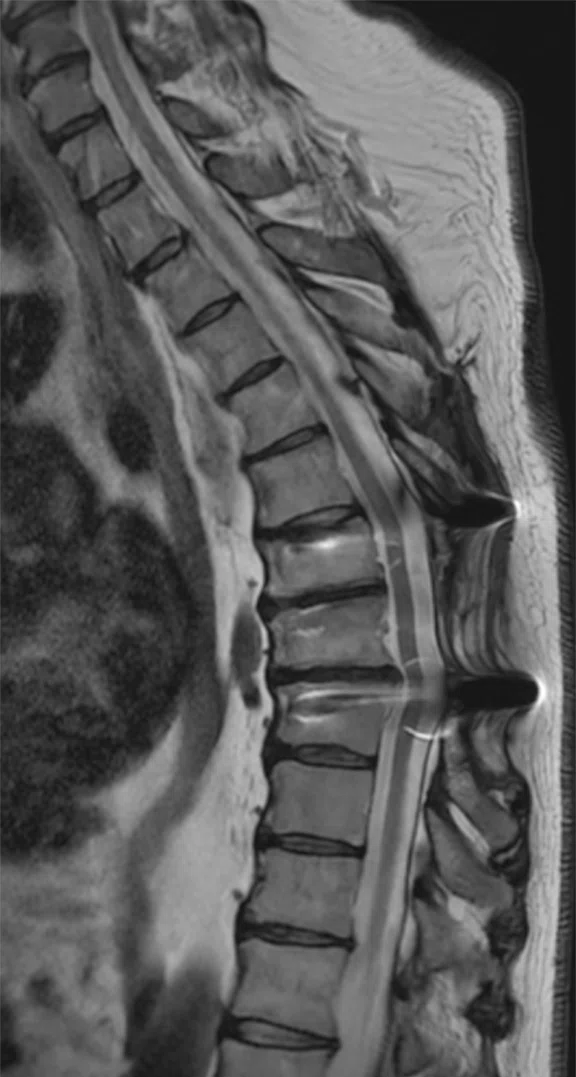(Left) Dr. Laszlo Mechtler with the SIGNA™ Hero 3.0T system.
(Right) SIGNA™ Voyager 1.5T system installed at DENT Neurologic Institute in Buffalo, NY.
A
Figure #.
Figure Copy.
1. Expert Panel on Neurologic Imaging; Whitehead MT, Cardenas AM, Corey AS, et al. ACR Appropriateness Criteria® Headache. J Am Coll Radiol. 2019 Nov;16(11S):S364-S377.
A
Figure 1.
Cervical spine exam on SIGNA™ Voyager 1.5T with AIR™ Recon DL. (A) Sagittal T2, 0.8 x 1 x 3 mm, 13 slices, 1:45 min.; (B) axial T1 FSE, 0.6 x 0.8 x 4 mm, 34 slices, 3:12 min. (C) axial T2 FSE, 0.6 x 0.8 x 4 mm, 34 slices, 2:20 min.; and (D) sagittal T1 FSE post-contrast, 0.7 x 1 x 3 mm, 13 slices, 1:11 min.
B
Figure 1.
Cervical spine exam on SIGNA™ Voyager 1.5T with AIR™ Recon DL. (A) Sagittal T2, 0.8 x 1 x 3 mm, 13 slices, 1:45 min.; (B) axial T1 FSE, 0.6 x 0.8 x 4 mm, 34 slices, 3:12 min. (C) axial T2 FSE, 0.6 x 0.8 x 4 mm, 34 slices, 2:20 min.; and (D) sagittal T1 FSE post-contrast, 0.7 x 1 x 3 mm, 13 slices, 1:11 min.
C
Figure 1.
Cervical spine exam on SIGNA™ Voyager 1.5T with AIR™ Recon DL. (A) Sagittal T2, 0.8 x 1 x 3 mm, 13 slices, 1:45 min.; (B) axial T1 FSE, 0.6 x 0.8 x 4 mm, 34 slices, 3:12 min. (C) axial T2 FSE, 0.6 x 0.8 x 4 mm, 34 slices, 2:20 min.; and (D) sagittal T1 FSE post-contrast, 0.7 x 1 x 3 mm, 13 slices, 1:11 min.
D
Figure 1.
Cervical spine exam on SIGNA™ Voyager 1.5T with AIR™ Recon DL. (A) Sagittal T2, 0.8 x 1 x 3 mm, 13 slices, 1:45 min.; (B) axial T1 FSE, 0.6 x 0.8 x 4 mm, 34 slices, 3:12 min. (C) axial T2 FSE, 0.6 x 0.8 x 4 mm, 34 slices, 2:20 min.; and (D) sagittal T1 FSE post-contrast, 0.7 x 1 x 3 mm, 13 slices, 1:11 min.
A
Figure 2.
Comparison of a sagittal T2 scan on a patient with MR-Conditional posterior fixation hardware at L2-S1 on (A) a 3.0T MR system with metal artifact reduction software and (B) SIGNA™ Voyager with AIR™ Recon DL and no metal artifact reduction software sequence. (B) Image depicts the same posterior fixation hardware in L2-S1 with new additional lateral hardware.
B
Figure 2.
Comparison of a sagittal T2 scan on a patient with MR-Conditional posterior fixation hardware at L2-S1 on (A) a 3.0T MR system with metal artifact reduction software and (B) SIGNA™ Voyager with AIR™ Recon DL and no metal artifact reduction software sequence. (B) Image depicts the same posterior fixation hardware in L2-S1 with new additional lateral hardware.
A
Figure 3.
Comparison of (A) an image from a GE HealthCare 1.5T system without AIR™ Recon DL from an outside facility and (B) an image from DENT on the SIGNA™ Voyager with AIR™ Recon DL.
B
Figure 3.
Comparison of (A) an image from a GE HealthCare 1.5T system without AIR™ Recon DL from an outside facility and (B) an image from DENT on the SIGNA™ Voyager with AIR™ Recon DL.
result


PREVIOUS
${prev-page}
NEXT
${next-page}
Subscribe Now
Manage Subscription
FOLLOW US
Contact Us • Cookie Preferences • Privacy Policy • California Privacy PolicyDo Not Sell or Share My Personal Information • Terms & Conditions • Security
© 2024 GE HealthCare. GE is a trademark of General Electric Company. Used under trademark license.
In Practice
State-of-the-art imaging and open access model help DENT Neurologic Institute continue its tradition of neuroimaging excellence
State-of-the-art imaging and open access model help DENT Neurologic Institute continue its tradition of neuroimaging excellence
Founded in 1963 by William R. Kinkel, MD, FAAN, DENT Neurologic Institute is the largest outpatient neurology practice in the US. The institute was founded on the idea that neuroimaging is essential to the field of neurology. Dr. Kinkel was also a founding member of the American Society of Neuroimaging (ASN) and developed the first Neuroimaging Fellowship Program in the world at DENT in 1980. In 1972, DENT Neurologic Institute obtained the third CT scanner in the US (the fourth in the world) and in 1982 installed one of the first MR imaging systems in the US, a 0.15T magnet.
“We are trained neurologists performing neuroimaging,” says Laszlo Mechtler, MD, FEAN, FAAN, FASN, FAHS, Chief Medical Officer at DENT Neurologic Institute who joined the institute in 1984. “Imaging is the backbone of the institute, but the institute is so much more than that.”
“We are trained neurologists performing neuroimaging,” says Laszlo Mechtler, MD, FEAN, FAAN, FASN, FAHS, Chief Medical Officer at DENT Neurologic Institute who joined the institute in 1984. “Imaging is the backbone of the institute, but the institute is so much more than that.”
Twenty subspecialty centers comprise DENT, where approximately 1,350 patients are seen each day and an average of 135 neuro MR exams are performed daily across five different MR systems. DENT follows an open-access model, where physician extenders (e.g., nurse practitioners) assist the physician(s) in the different subspecialty centers, enabling patients to access care in a fraction of the time they may experience elsewhere. By having imaging services on site, the patient can receive all their diagnostic studies in one appointment.
Currently, the institute is participating in more than 102 clinical trials, of which seven are examining Alzheimer’s disease (AD).
It is important for neurologists to be proficient in reading neuroimaging studies, says Dr. Mechtler. “We know the patient’s clinical background and understand neurological disorders, so we can bring a different perspective,” he adds.
Dr. Mechtler is also Director of the DENT Headache Center, Neuro-Oncology Center and Cannabis Center and is currently the primary investigator for 25 research studies.
“I envision we’ll have a five-minute MR examination looking at patients with headaches and this would include the sequences we would normally use1,” he says. “This is something we are doing research on, how to shorten MRIs by using various technical improvements, and it will probably be done using some type of AI like AIR™ Recon DL because it does diminish scan time. So, in my future, I can see having a neurological consultation and a high-quality MR on the same day for patient evaluation.”
Dr. Mechtler first gained experience with AIR™ Recon DL when a SIGNA™ Hero 3.0T MR system was installed at Mechtler Institute of Neurologic Disorders (MIND), a center he founded in Budapest, Hungary.
“I kind of fell in love with the GE HealthCare system in Budapest,” he says. “So, when it came time to add another MR system at DENT, I told everyone we have to look at GE HealthCare. Now we have their 1.5T system here that we are extremely happy with.”
Figure 1.
Cervical spine exam on SIGNA™ Voyager 1.5T with AIR™ Recon DL. (A) Sagittal T2, 0.8 x 1 x 3 mm, 13 slices, 1:45 min.; (B) axial T1 FSE, 0.6 x 0.8 x 4 mm, 34 slices, 3:12 min. (C) axial T2 FSE, 0.6 x 0.8 x 4 mm, 34 slices, 2:20 min.; and (D) sagittal T1 FSE post-contrast, 0.7 x 1 x 3 mm, 13 slices, 1:11 min.
Exceptional spine imaging at 1.5T
In Spring 2022, DENT installed a SIGNA™ Voyager 1.5T with AIR™ Recon DL at a new multi-specialty clinic in partnership with the University of Buffalo Neurosurgery. The center had a 3.0T MR system, however, the susceptibility artifacts due to MR-Conditional implants at 3.0T were significant, making it difficult to interpret these MR spine images.
Gregory Tymchak, MD, Director of Radiology at DENT Imaging, has found the SIGNA™ Voyager 1.5T system to be an excellent solution for spine imaging. One of the key reasons Dr. Tymchak joined DENT on a full-time basis in January 2022 was because the center was acquiring the SIGNA™ Voyager.
“The biggest difference is when scanning patients with metal hardware in the spine. I work with many neurosurgeons who refer to our practice, and I’ve convinced them to change from 3.0T to the SIGNA™ Voyager with AIR™ Recon DL to see the anatomy clearer.”
Dr. Gregory Tymchak
Dr. Mechtler agrees, noting that “the suppression of the artifact is also quite impressive. MAVRIC is a wonderful tool and it helps in those cases where we feel that the artifact will obscure visualization of the disc or spinal cord.” He adds that the system is also very comparable to the center’s 3.0T systems in brain imaging.
“When the AIR™ Recon DL technology received regulatory clearance, I thought it was a game changer,” says Dr. Tymchak. “I was very impressed with what GE HealthCare had done, being first to market with this type of technology that can reduce your scan times and increase resolution. And the images are true to
what the company said.”
Using SIGNA™ Voyager with AIR™ Recon DL, DENT acquires a brain without contrast examination in just over eight minutes compared to nearly 12 minutes on its other MR systems, using the same sequences. Removing SWAN (susceptibility weighted imaging) can reduce scanning time to seven minutes on the SIGNA™ Voyager. A lumbar spine examination is nine minutes and 30 seconds on the SIGNA™ Voyager MR and 18 minutes on the other MR systems at DENT.
“We can scan more patients each day than we can do on the other systems.”
Dr. Gregory Tymchak
At higher field strengths, such as 3.0T, the presence of implanted MR-Conditional metal hardware can often lead to more susceptibility artifacts than at 1.5T, diminishing the advantage of the higher imaging sensitivity. Dr. Tymchak recalls one patient who had extensive surgery and there was a concern regarding tumor recurrence after a follow-up CT. In the 3.0T images, the anatomy was obscured by the artifact. Following Dr. Tymchak’s guidance, the patient was imaged on the 1.5T, where the pathology was visible and a diagnosis could be made.
Dr. Tymchak also prefers the 1.5T for thoracic spine imaging and in patients with neurostimulator implants. In the latter, there is a restriction on the total time the patient can be in the bore being imaged without pausing, as there is the potential for device malfunction or failure. Now, with the ability to shorten scan times using AIR™ Recon DL, the full study can be acquired without taking a break, helping to maintain efficiency and stay on schedule.
In fact, the scheduling blocks are shorter on SIGNA™ Voyager compared to the other MR systems at DENT. As an example, a 30-minute schedule block on the other units may be only a 20-minute schedule block on the GE HealthCare system.
With the speed of AIR™ Recon DL, DENT has found the SIGNA™ Voyager useful in pediatric neuro imaging. Plus, the system has a 70 cm bore, making claustrophobia less of an issue in this patient population.
Over the course of a full two-shift day, DENT can accommodate up to 40 patients on SIGNA™ Voyager, and in the evening, when most examinations are non-contrast, Dr. Tymchak says they can average up to three patients per hour. Nearly every day they can accommodate a few additional patients into the schedule, which leads to better, more timely patient care.
“That just makes the referrers very happy, too, because we want to improve both patient care and our relationship with referrers,” he adds.
Figure 2.
Comparison of a sagittal T2 scan on a patient with MR-Conditional posterior fixation hardware at L2-S1 on (A) a 3.0T MR system with metal artifact reduction software and (B) SIGNA™ Voyager with AIR™ Recon DL and no metal artifact reduction software sequence. (B) Image depicts the same posterior fixation hardware in L2-S1 with new additional lateral hardware.
Dementia imaging and ARIA
Bela Ajtai, MD, PhD, is Director of the Dent Integrative Center for Memory. Since joining DENT in 2009, he has led the institute’s clinical and research work in dementia and cognitive impairment. Three nurse practitioners, a neuropsychologist, a pharmacist, and a program director all work with Dr. Ajtai to help ensure an open access model for patients so they can accommodate new patients in a timely fashion. The institute also has a nationally recognized National Infusion Center Association (NICA)-accredited center, so the intravenous infusion anti-amyloid therapy that is now US FDA approved can be administered on site.
“That has been our main goal even before these new anti-amyloid therapies for Alzheimer’s became available, because sometimes there is an urgency when the patient has behavioral issues or the caregivers are struggling,” Dr. Ajtai says. “This becomes more important with these new disease-modifying treatments because now it is true that time is brain for dementia.”
Each new patient receives a baseline MR imaging study that is analyzed both visually and quantitatively using NeuroQuant®. The institute is increasingly utilizing amyloid PET imaging for biomarker confirmation of amyloid on the brain. Any patient undergoing anti-amyloid antibody intravenous infusion therapy will routinely undergo safety monitoring with MR to detect a known side effect, Amyloid Related Imaging Abnormalities (ARIA).
Dr. Ajtai and his team developed an eight-minute MR imaging protocol for ARIA, following the guidance provided by the American Society of Neuroradiology (ASNR) and the protocol that was used in the research for the anti-amyloid therapies. He is also a co-author on the Alzheimer’s Imaging Consortium’s published protocol for accelerated and enhanced imaging at 3.0T. In addition to the gradient echo sequence, DENT also uses susceptibility-weighted imaging to look for microbleeds in patients undergoing ARIA.
Two MR systems and the infusion center are right next to the memory clinic, so patients can receive their therapy, obtain an MR for ARIA and, if needed, be seen by Dr. Ajtai. DENT plans to add more capacity in the infusion center as demand for the anti-amyloid therapy increases and other emerging AD treatments emerge.
DENT Neurologic Institute is currently ramping up its treatment program for AD; however, Dr. Ajtai says one roadblock is the lack of insurance coverage in patients under 65. While Medicare is now covering anti-amyloid therapy, many private or third-party insurers currently are not. Unfortunately, it is this younger patient cohort where AD tends to be more aggressive.
“The numbers could be higher if there was proper support for these treatments,” Dr. Ajtai says. “When we evaluate someone for this protocol, sadly, the first thing we tend to do if they are a candidate is to get a cost analysis from our infusion department so the patient and family can see the financial figures first before they decide to continue further testing and treatment.”
Dr. Ajtai recommends other neurology groups build relationships with infusion centers and radiology groups if they don’t currently have these alliances or provide these services, so they can be prepared for an influx of patients. “Every practice should also have an advocate for these patients, someone who can oversee their infusion and MR imaging schedule and who can coordinate their care,” he adds.
Right now, DENT is using 3.0T for its AD and ARIA imaging based on the ADNI and other AD research that recommends the higher field strength. However, Dr. Mechtler foresees this could easily change over time.
“Many centers don’t have a 3.0T, so these patient examinations could be done on 1.5T. In the future, I think we’ll be doing more research on our 1.5T,” Dr. Mechtler says.
“What really surprises me is that we are doing more examinations on the 1.5T than the 3.0T systems, and significantly faster scans,” he continues. “The GE HealthCare 1.5T was a home run for us. It’s the quality of the imaging and the speed, and because of the speed the patient compliance is better so there is less motion artifact. It’s the workhorse we have; the SIGNA™ Voyager 1.5T outproduces all our other MR machines.”
DOWNLOAD ARTICLE HERE








